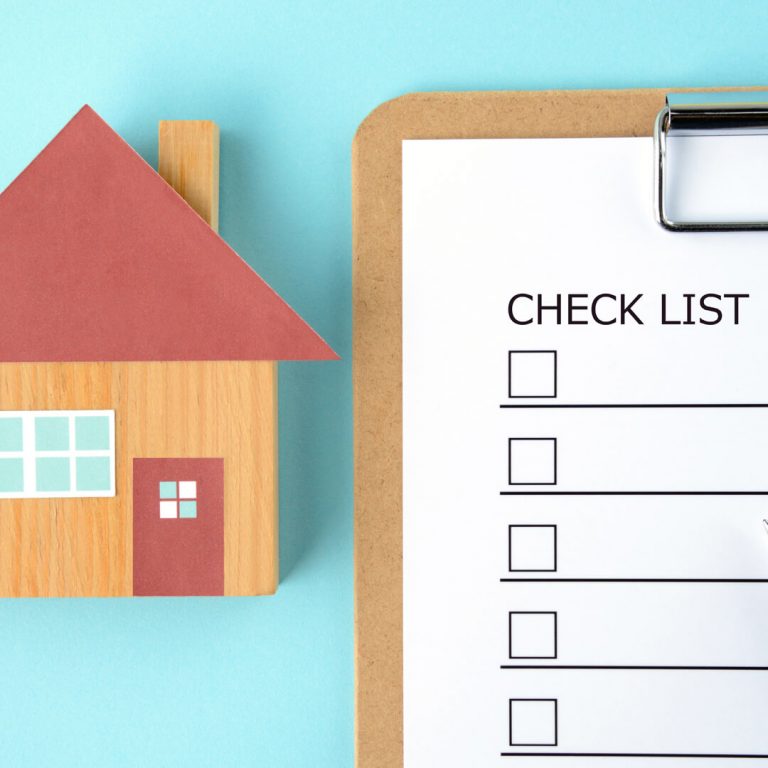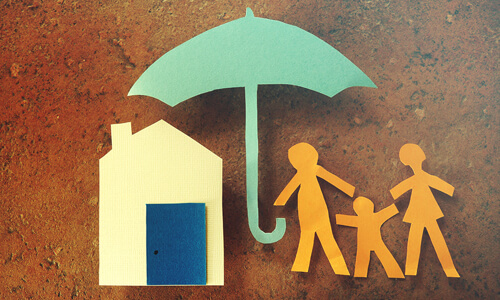If someone asked you right now to tick off a list of all the items you own, you’d probably struggle to remember everything, much less put an appropriate value on each item. But in the unfortunate event that your home is burglarized, burned or otherwise harmed, that’s what you’d need for the police report and homeowners insurance or renters insurance claim.
Why risk being in the unenviable position of trying to recreate a list of your possessions after catastrophe strikes when you can create a complete home inventory now while you can think straight and your things are right in front of you.
What Is a Home Inventory?
A home inventory is exactly what it sounds like—a list of everything you own that’s located in your home and any storage units. The best inventories include detailed information such as:
- Descriptions of color, make and model for all items
- Purchase receipts or notes of where items were purchased and estimates of their cost or value
- Serial numbers for appliances and electronics
With clothing or other items where you have multiples of the same thing, you can list them in groups, such as six dress shirts, 10 ties, two pairs of athletic shoes or 20 hardback and 15 paperback books. The exception is for especially valuable items, such as a vintage Chanel dress or a first edition of “The Great Gatsby.” In that case, list the item on its own.
Why Do You Need a Home Inventory?
Although it may seem like a lot of work, a home inventory will make it much easier and more accurate when you need to:
- File a police report for stolen items
- File a homeowners insurance or renters insurance claim for a loss
- Determine how much homeowners or renters insurance coverage you need
- Prove financial losses for tax filing purposes
- Qualify for financial assistance due to a loss
Easy Tips for Inventorying Your Possessions
These hacks can help you tackle your home inventory project:
Pick your home inventory method of choice.
Go as low-tech or high-tech as you want, but pick a method that suits you and will be the easiest for you to access and update. Your options include:
- Writing your list on paper
- Creating an electronic document, such as a spreadsheet, for your list
- Filling in a home inventory template found through an internet search for that key phrase
- Using a home inventory mobile app, such as Encircle, My Stuff, Nest Egg or Sortly
If an app sounds appealing to you, there are free and subscription-based versions depending on the features you want. Each app works slightly differently, so do your homework to find the one that best suits your needs and budget.
Create a map of your home.
After you’ve selected a home inventory method, getting started can feel overwhelming. Overcome this by making a list or drawing a map that includes each room, closet and open area of your house. This will give some structure to your project.
Tackle one area at a time.
Start with one area on your home’s map. A good first choice is a smaller space, such as a closet, which will be easier to document. Once you complete that area, mark it off your map and move on to the next. And don’t feel like you have to complete your inventory in a day or a weekend. You can spread it out over several days or weeks as long as you keep at it until you’ve marked off every area on your map.
Photograph or video as you go.
You can support what’s detailed in your home inventory by taking photos or videos of your possessions. Photographs are a typical feature within home inventory mobile apps, but if you’re going more low-tech, you can just use the camera on your phone. And if you really don’t have time right now to tackle a complete home inventory, you can start with a photo or video inventory and add the other details later.
Gather purchase receipts.
The best way to substantiate the value of your belongings is through your original purchase receipts if you still have them. Take a photo of the receipts you’ve kept, and then you can shred the paper versions to free up a little room in your file cabinet or drawers.
Store your inventory in a safe place.
Once you’ve completed your project, make an extra copy of a paper-based inventory and put it in either a fireproof safe or safe deposit box. For digital inventories and photos or videos, create a backup, preferably in an easily accessible, secure cloud environment.
Keep your inventory current.
As you buy new things or discard old ones, update your inventory accordingly so it’s always as accurate as possible going forward.
And when you’re done, go one organizational step further and document all your financial accounts in a financial inventory.
Editor’s note: Quorum is not affiliated with any of the companies mentioned in this article and derives no benefit from these businesses for placement in this article.






Comments Section
Please note: Comments are not monitored for member servicing inquiries and will not be published. If you have a question or comment about a Quorum product or account, please visit quorumfcu.org to submit a query with our Member Service Team. Thank you.